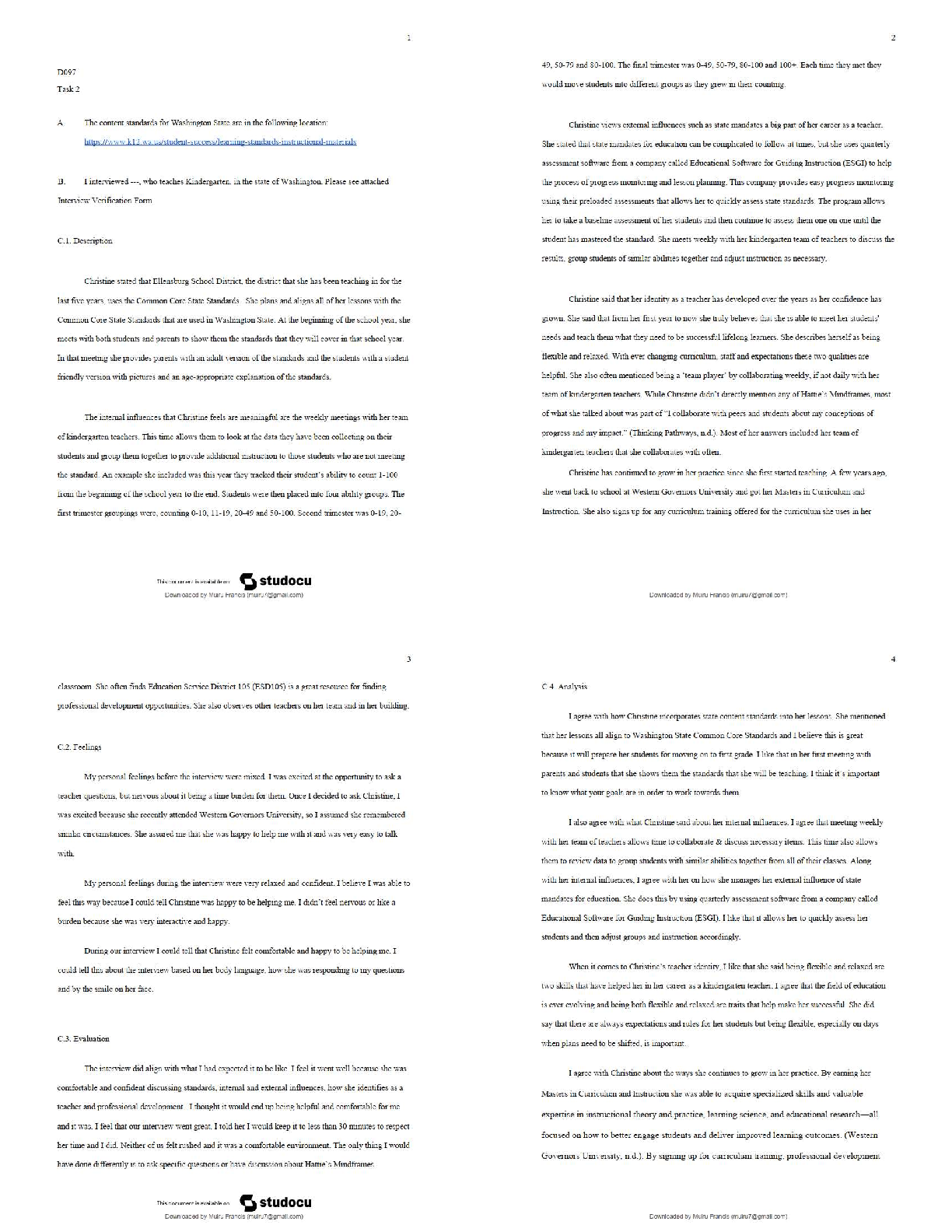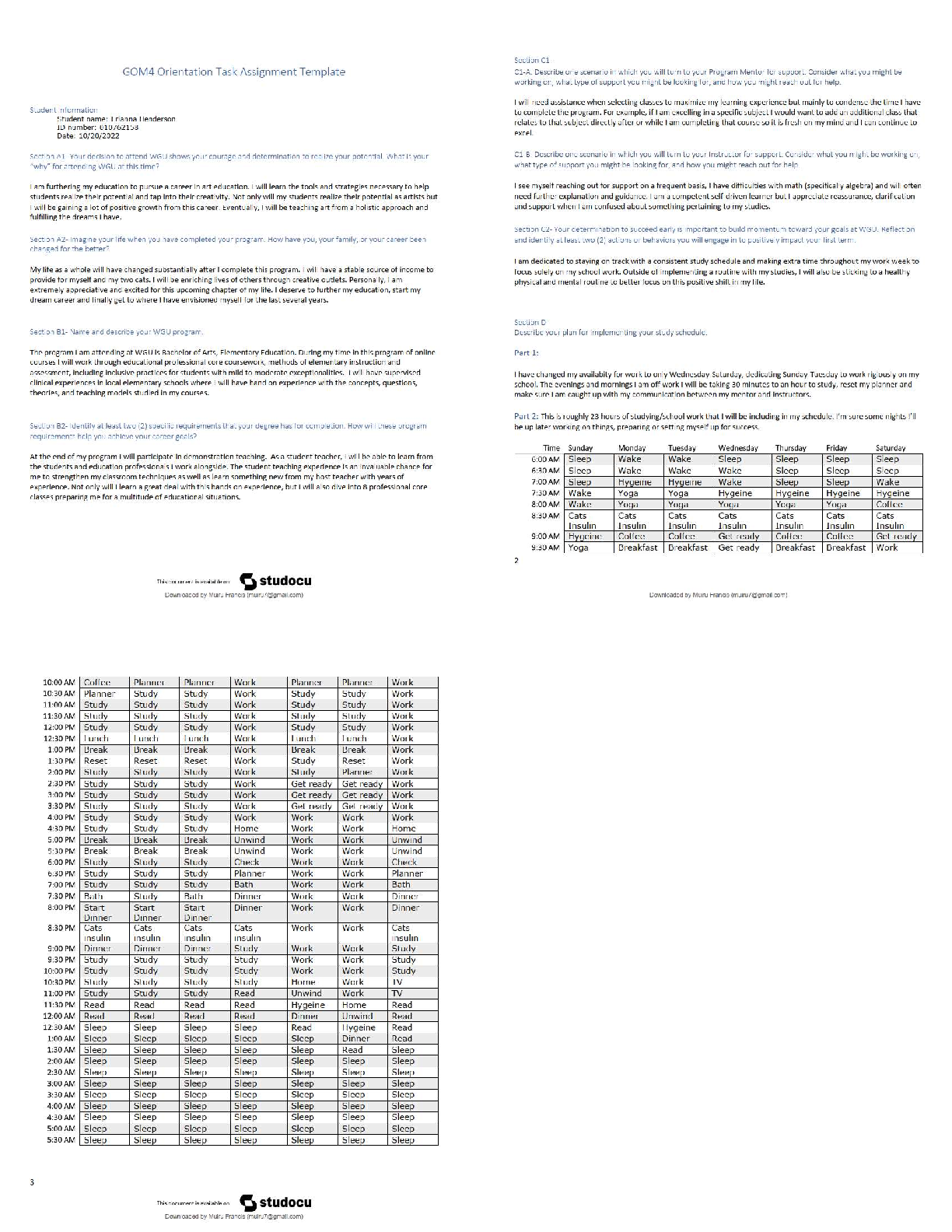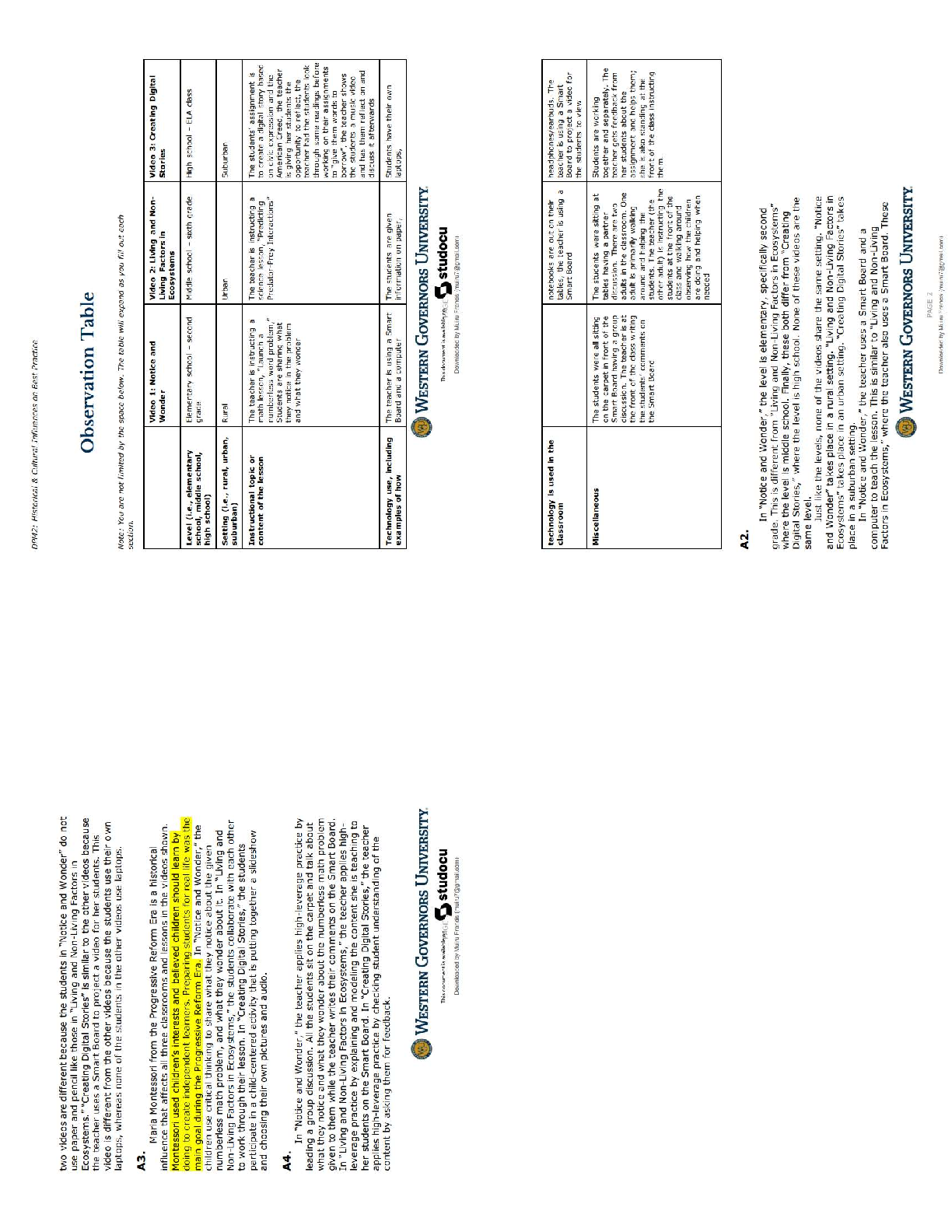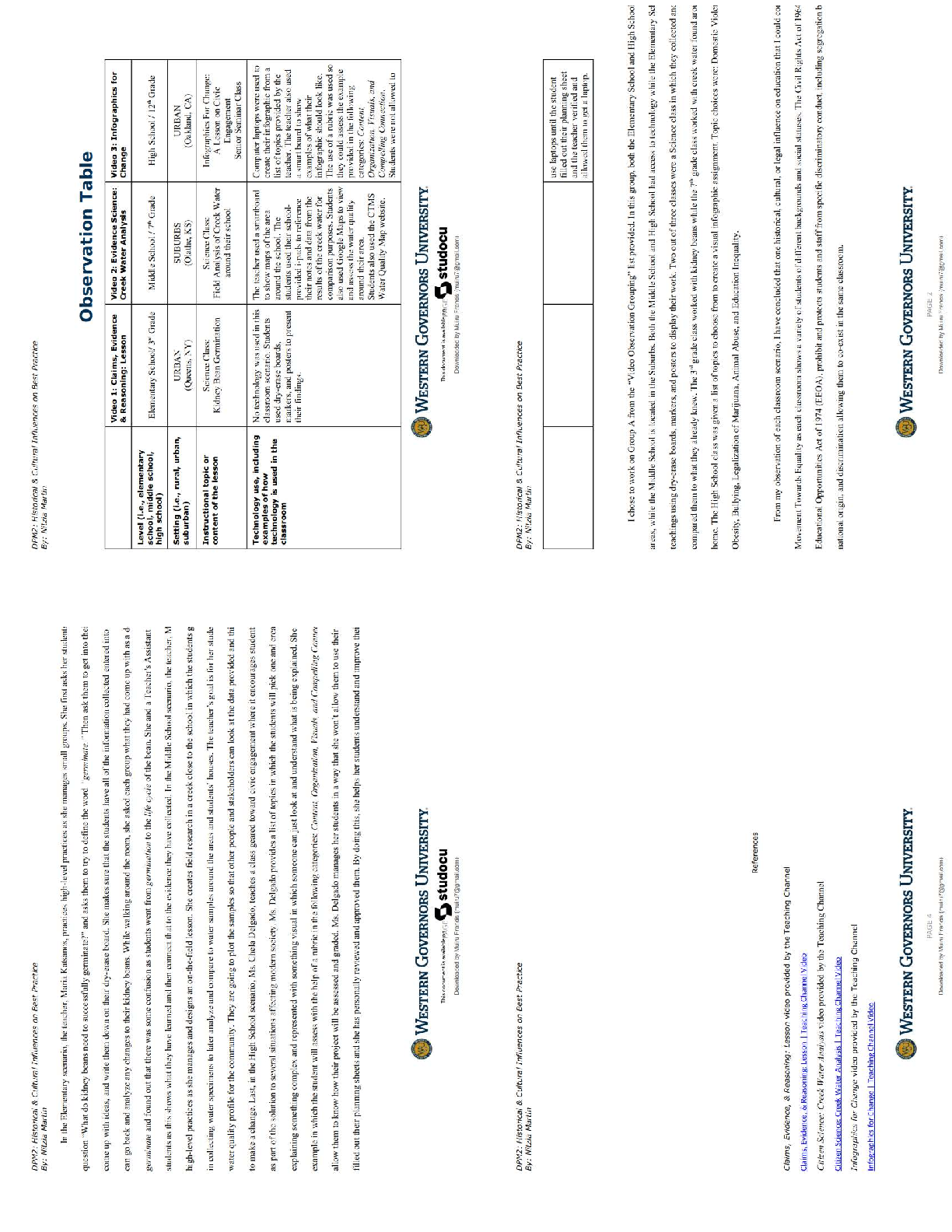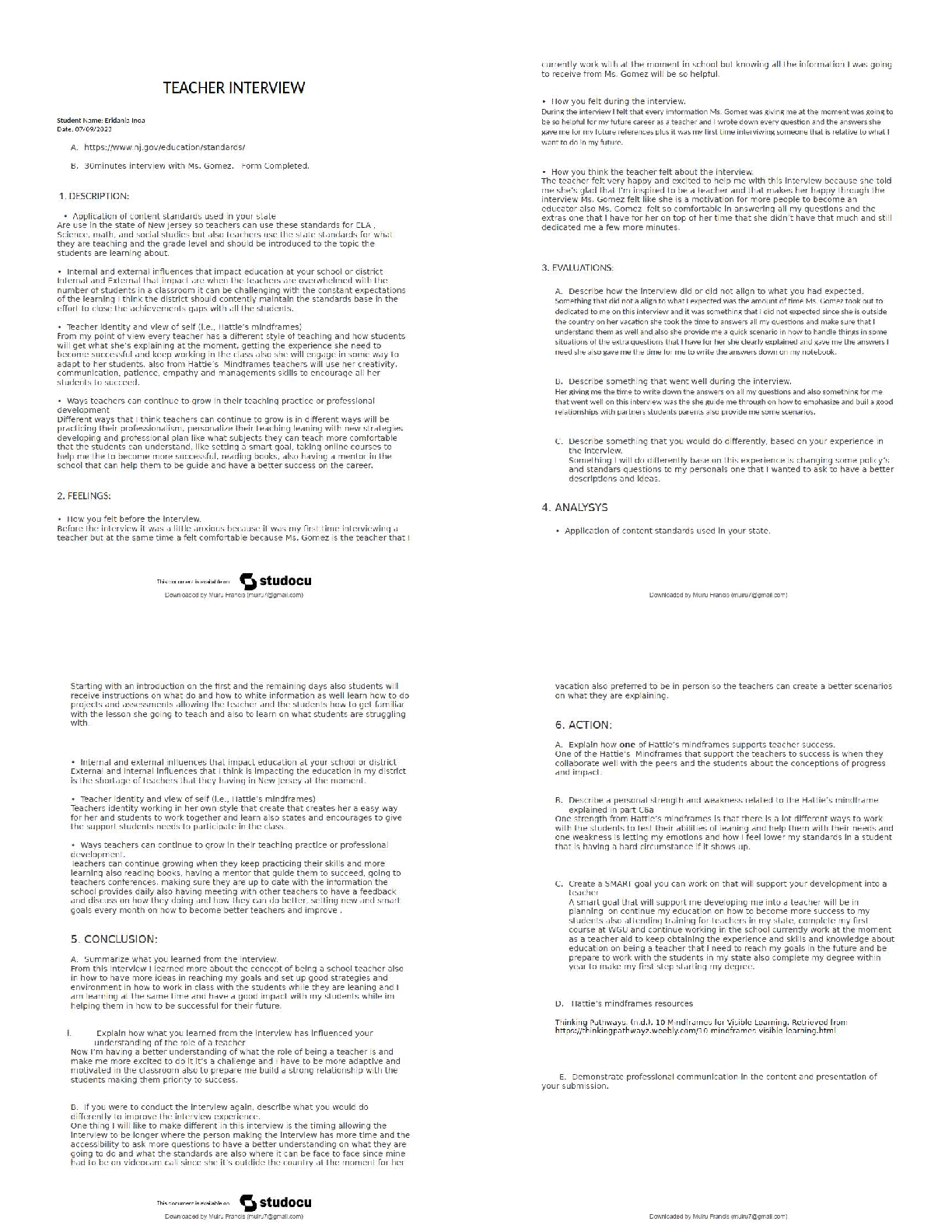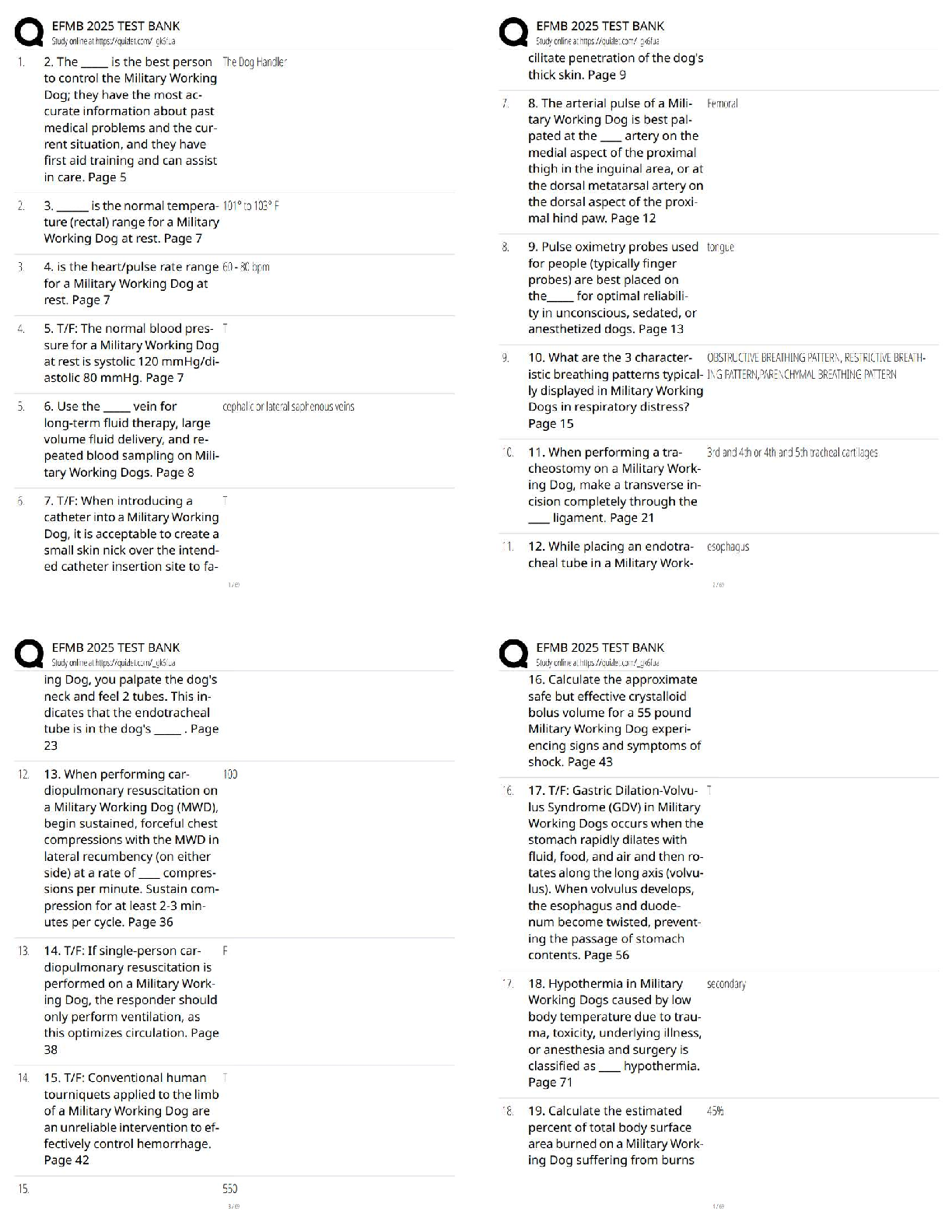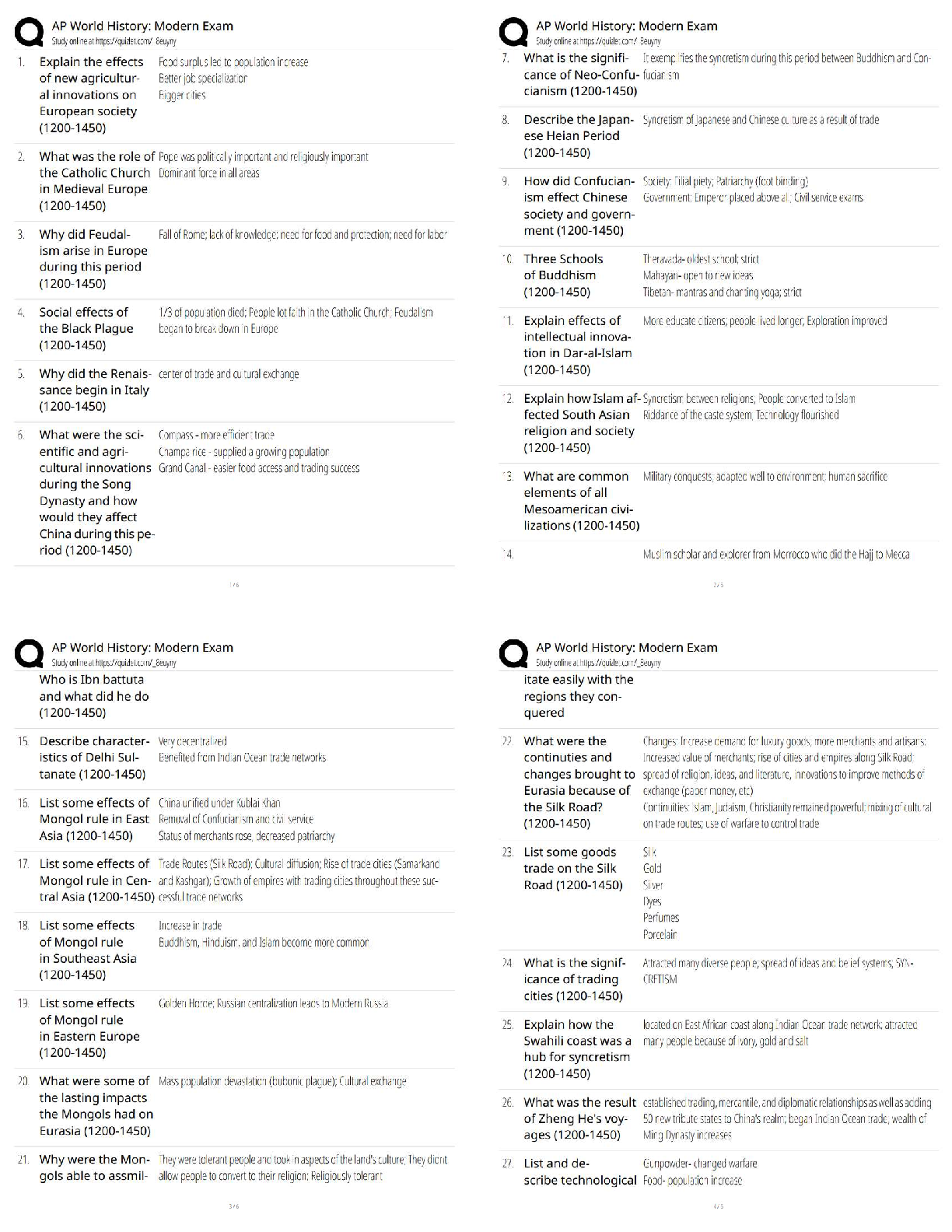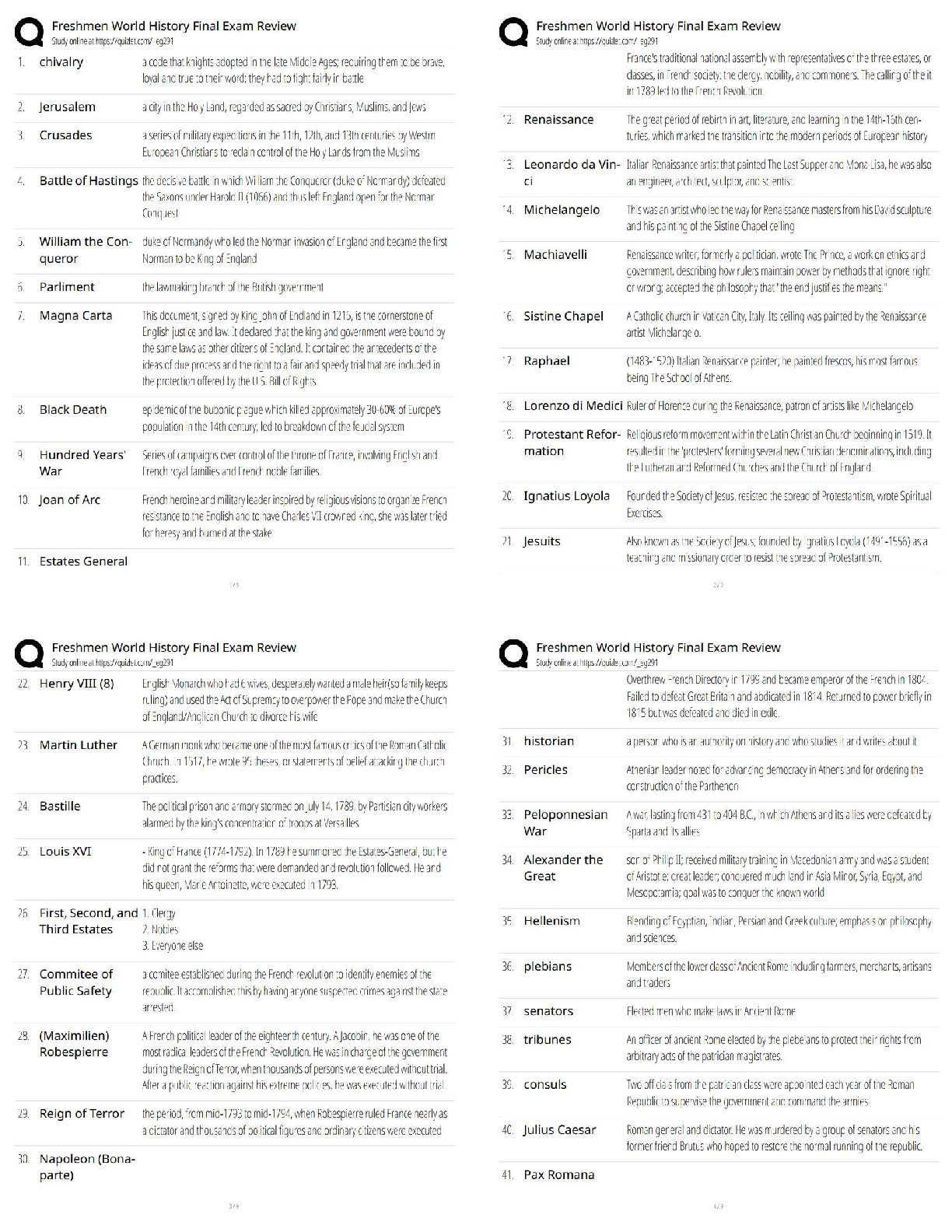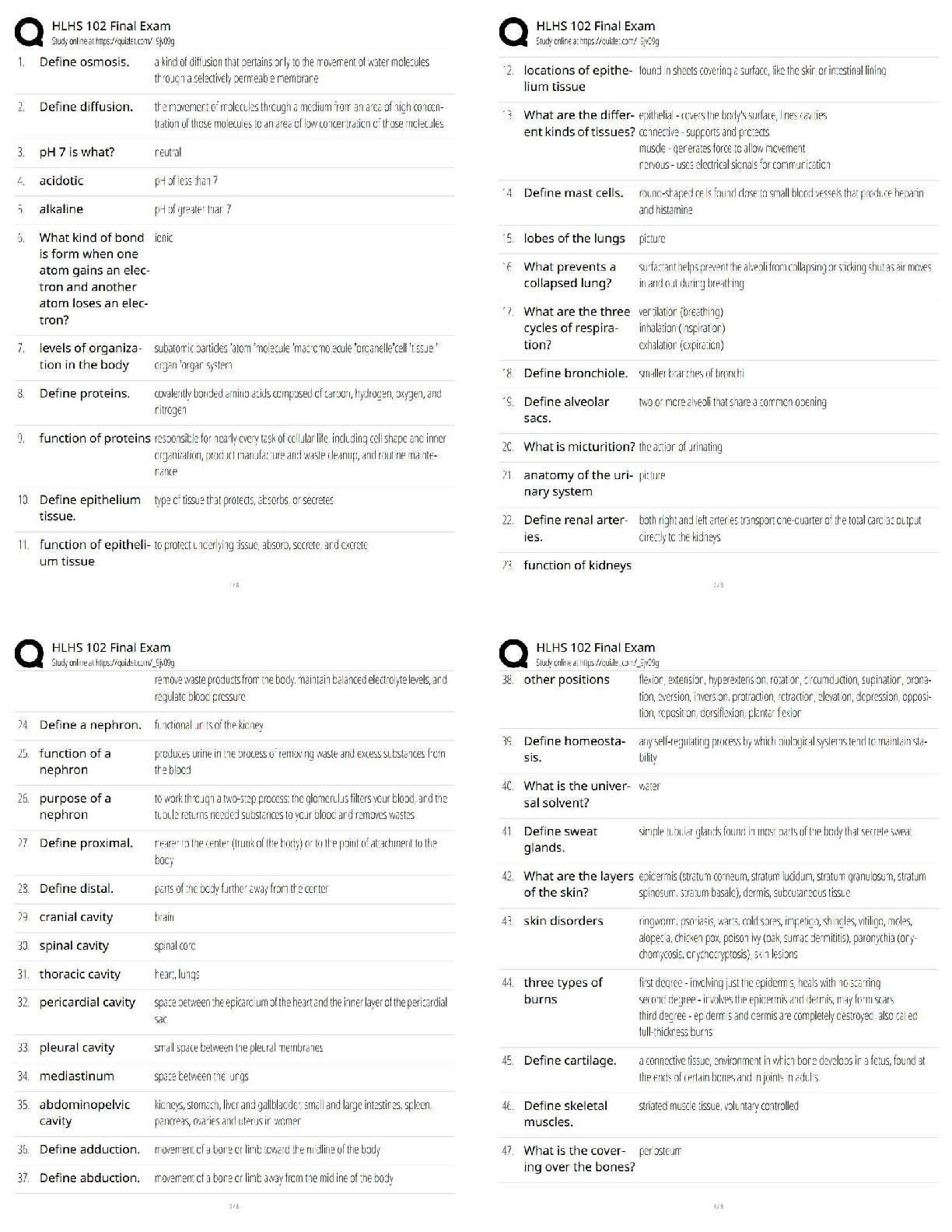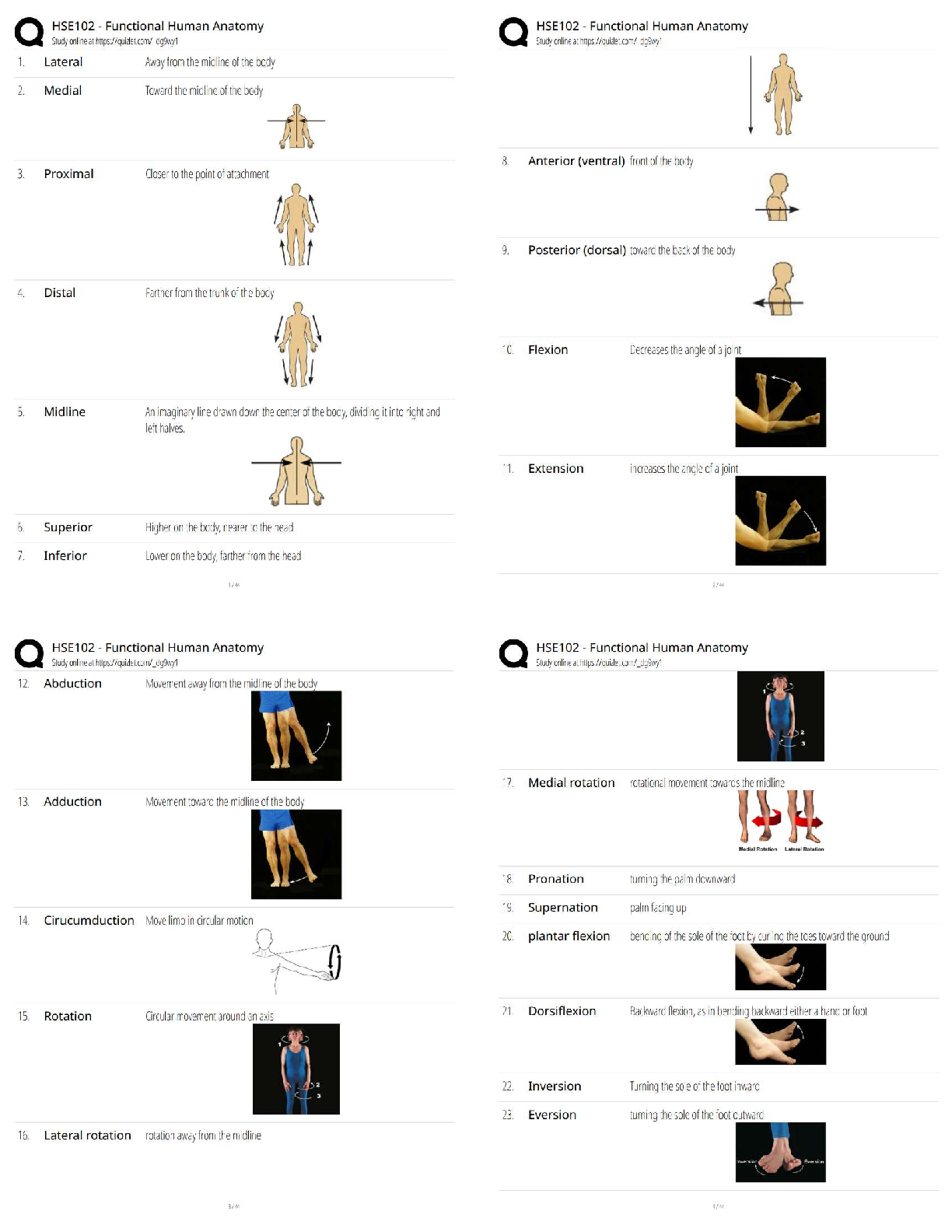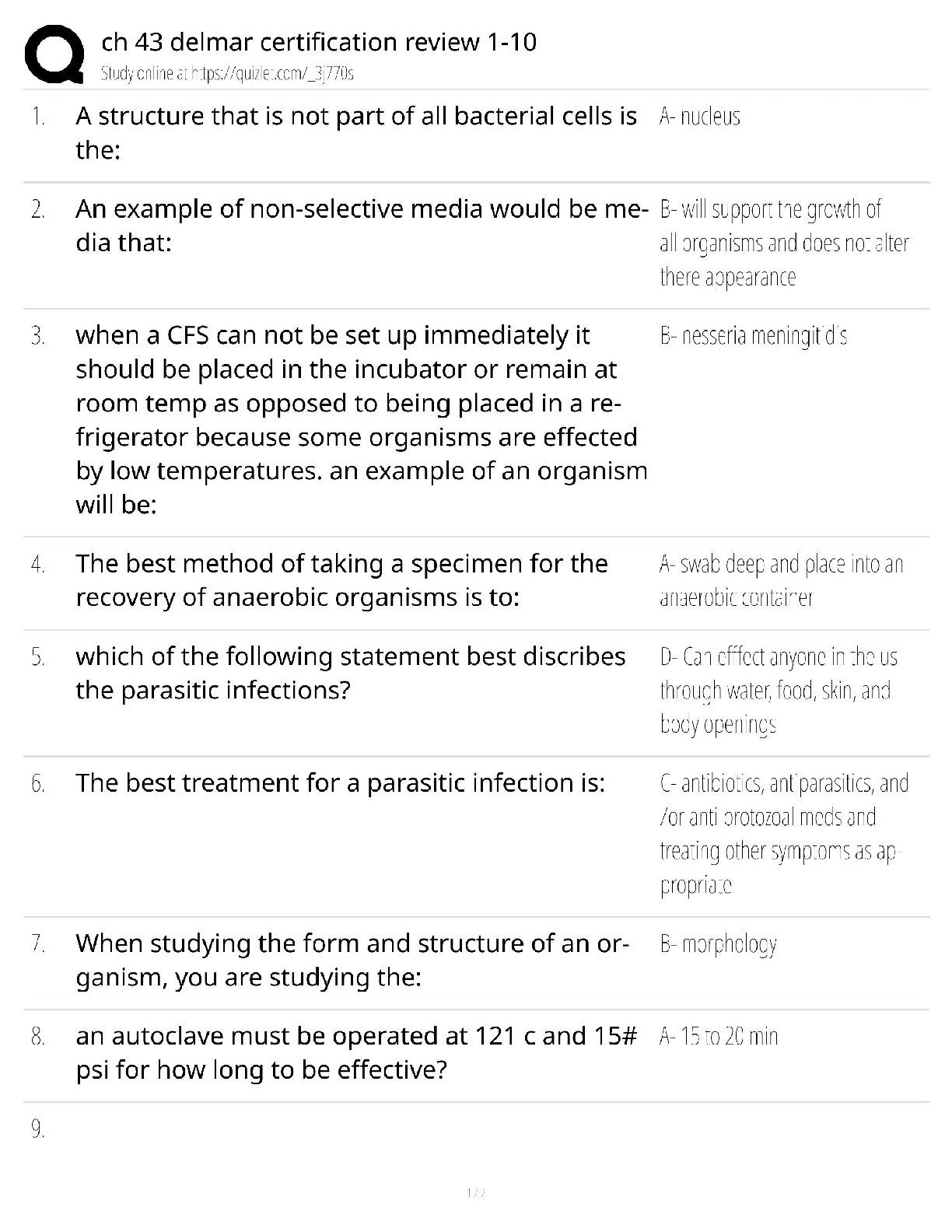
Delmar Ch 43 Certification Review 1-10 / 2025 Study Guide / Score 100% / Practice Test & Explanations
$ 10.5

NCLEX-RN Practice Questions 12th Newest Summer Edition Test Bank (with over 170 Correct Questions & Well Elaborated Answers and over 400 pages) Download for total SATISFACTION AND SUCCESS
$ 20
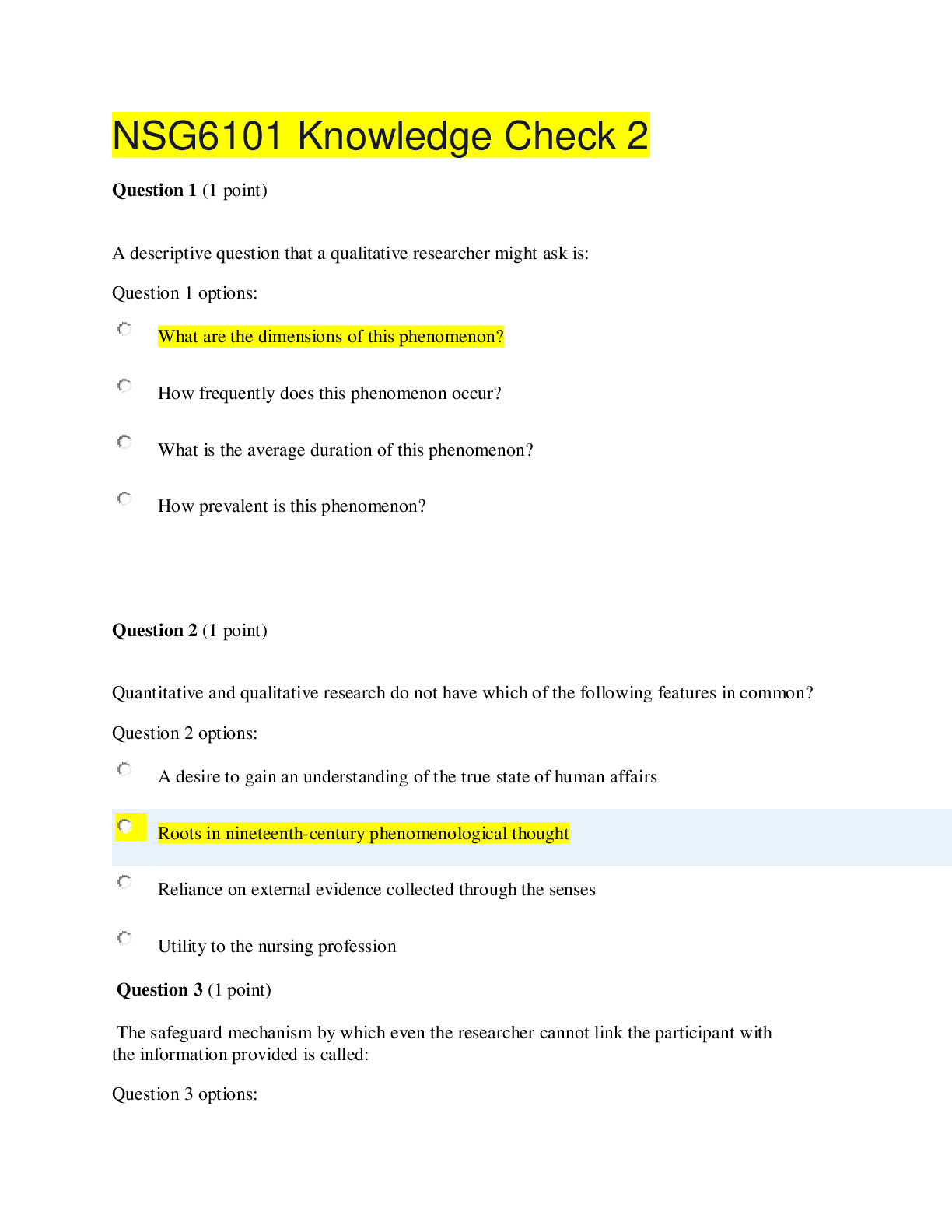
NSG 6101 Week 2 Knowledge Check 2020 – South University Savannah | NSG6101 Week 2 Knowledge Check 2020 Question And Answers_Rated A.
$ 7.5
.png)
AQA A-level ENGLISH LITERATURE A 7712/2B Paper 2B Texts in shared contexts: Modern times: Literature from 1945 to the present day Mark scheme June 2021 Version: 1.0 Final Mark Scheme
$ 10
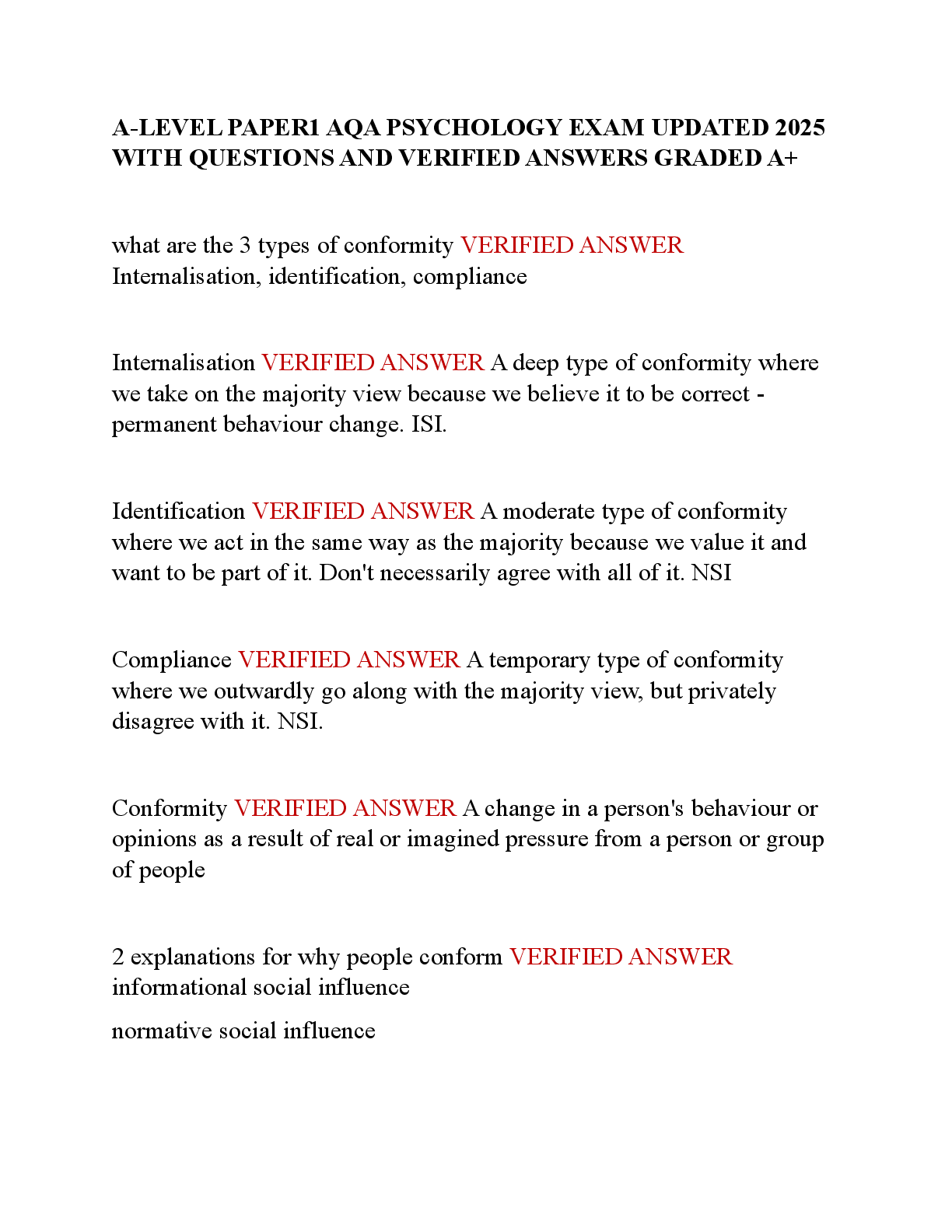
A-LEVEL PAPER1 AQA PSYCHOLOGY EXAM UPDATED 2025 WITH QUESTIONS AND VERIFIED ANSWERS GRADED A+
$ 21.5

BioChem C785 - WGU - Module 3 - Questions And Answers( Complete Solution)SCORE MORE
$ 13.5

Rigging Test Questions and Answers Graded A
$ 8
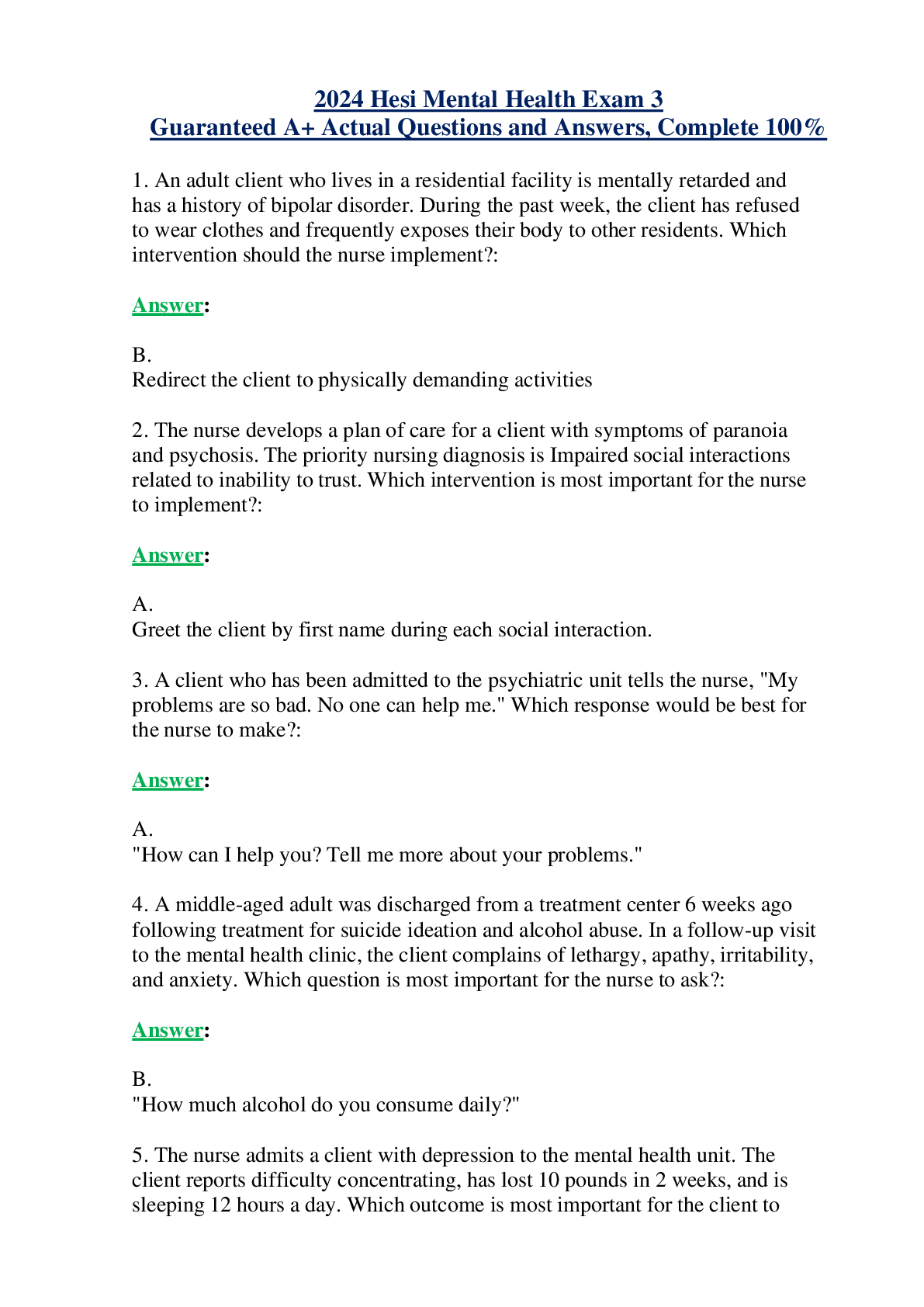
2024 Hesi Mental Health Exam 3 Guaranteed A+ Actual Questions and Answers, Complete 100%
$ 12

The Second World War
(In a Nutshell) – Part 1. Presentattion . 18 Slides
$ 3

NCLEX-PN TEST BANK - Questions, Answers and Explanations
$ 20

Fundamental HESI, Hesi Fundamentals, Hesi Fundamentals Practice Test, UNIT 1: Foundations of Nursing Practice

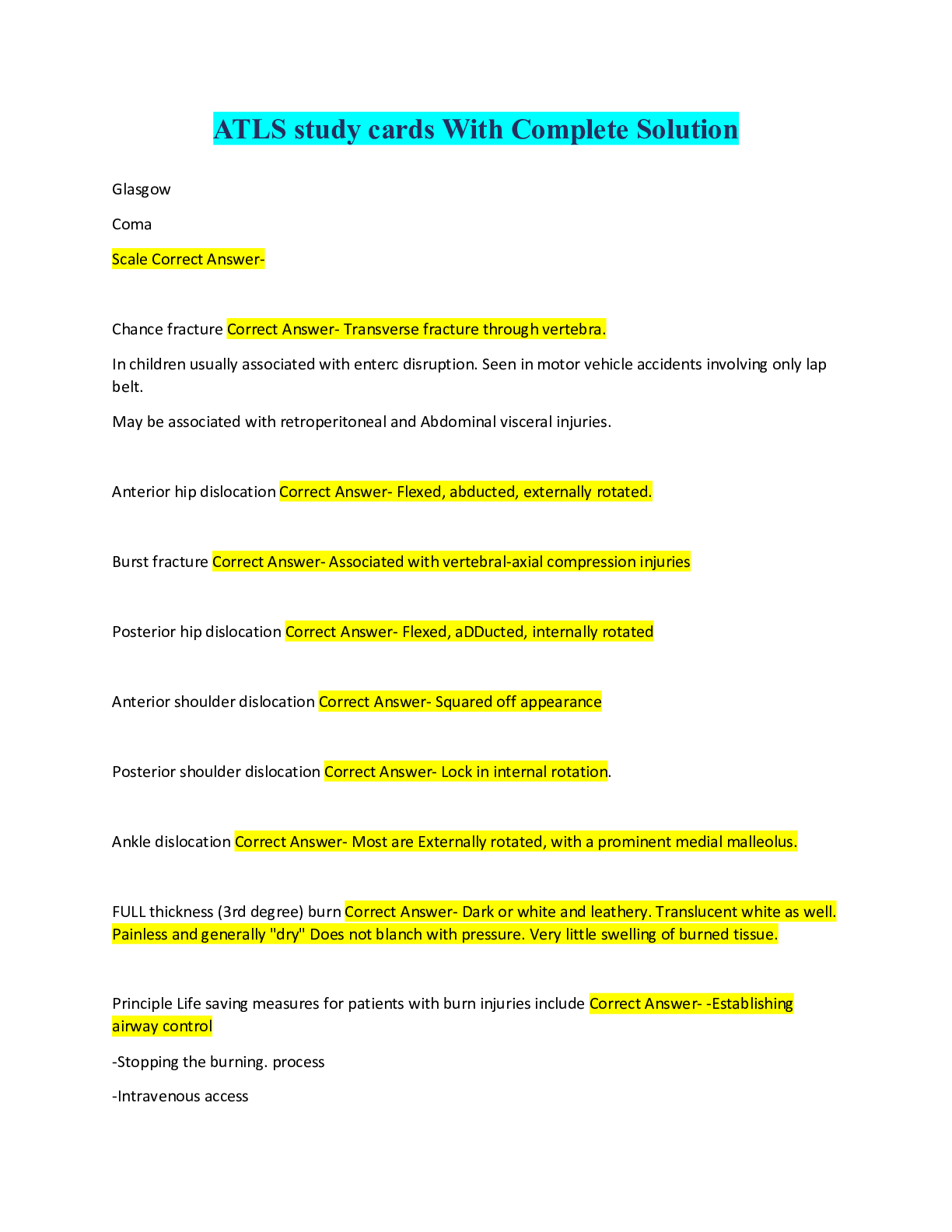

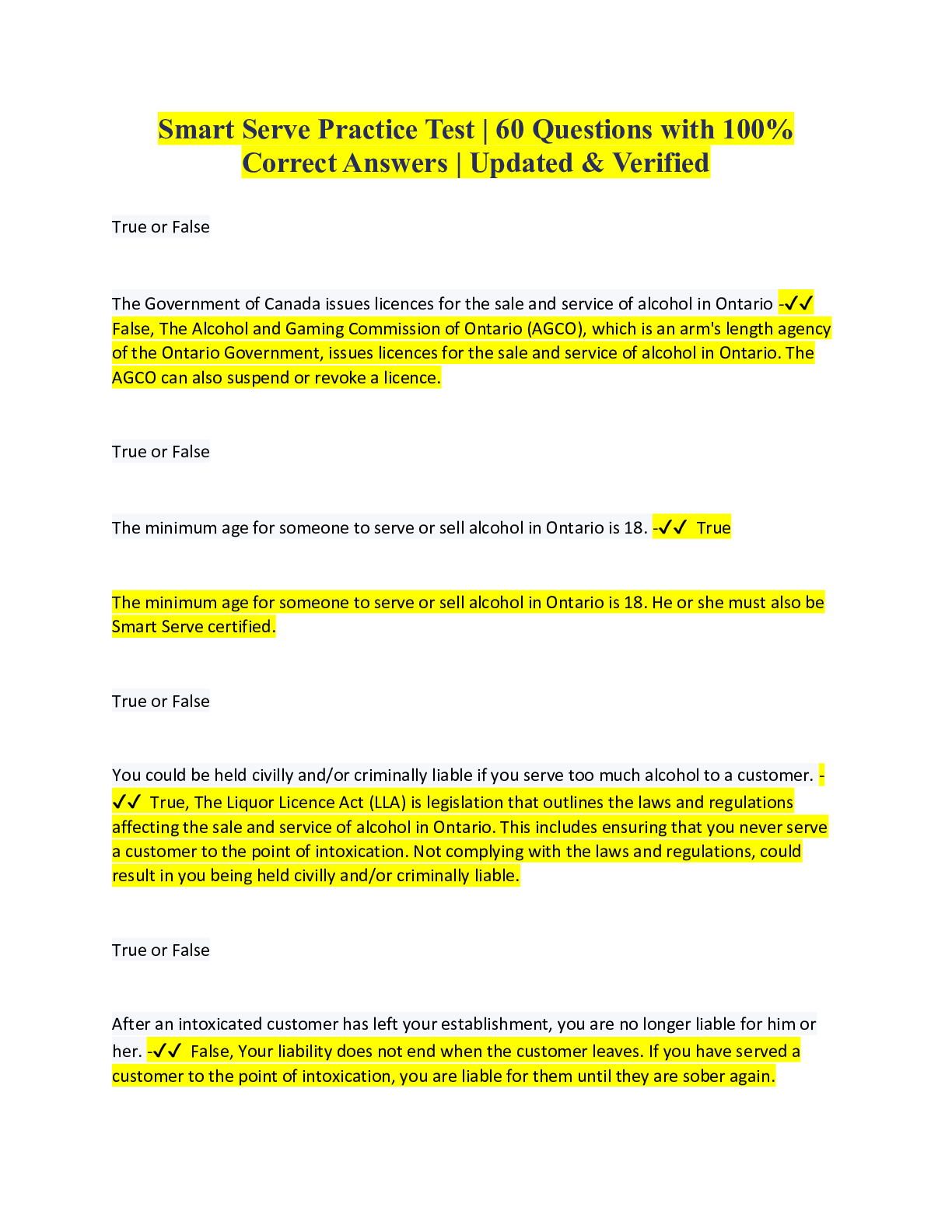

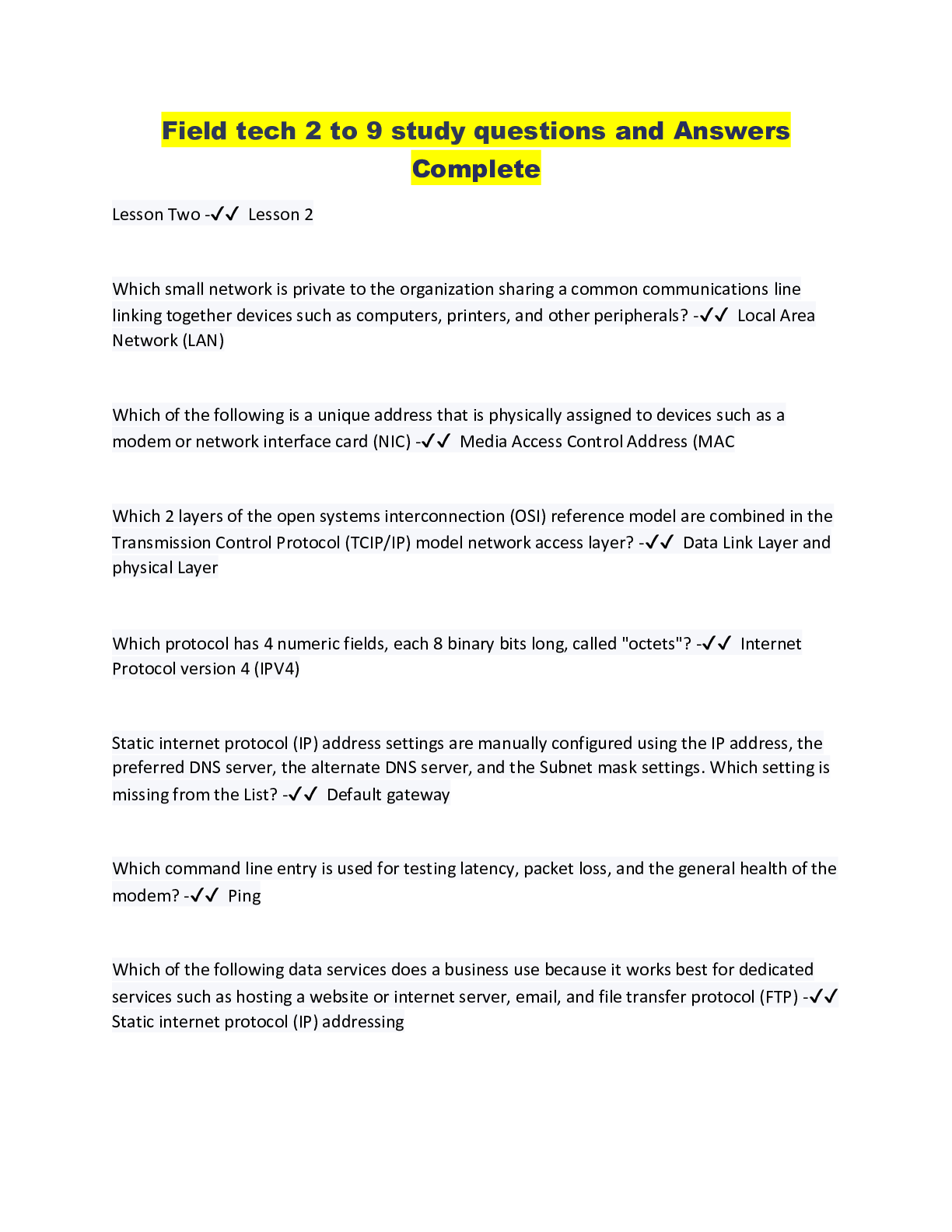
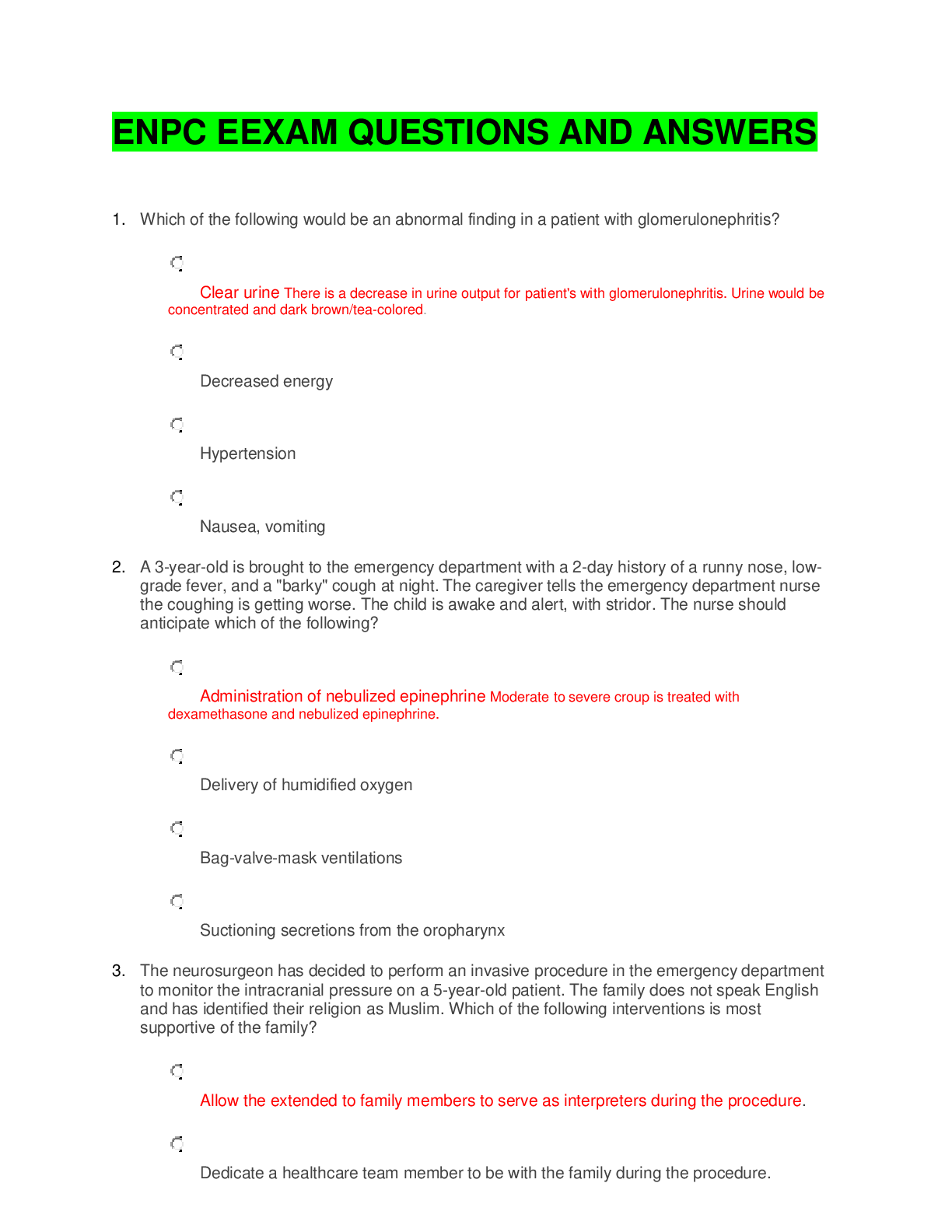
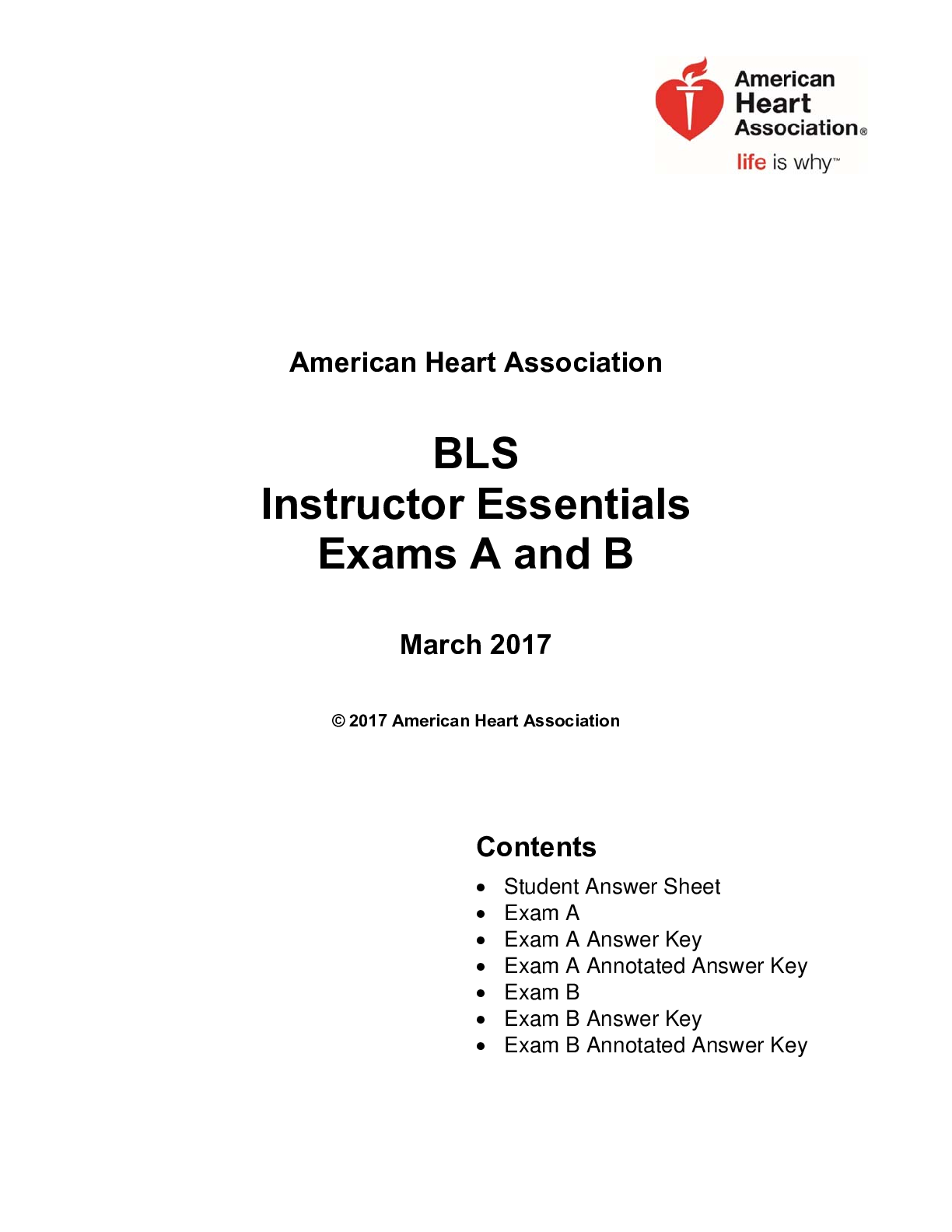

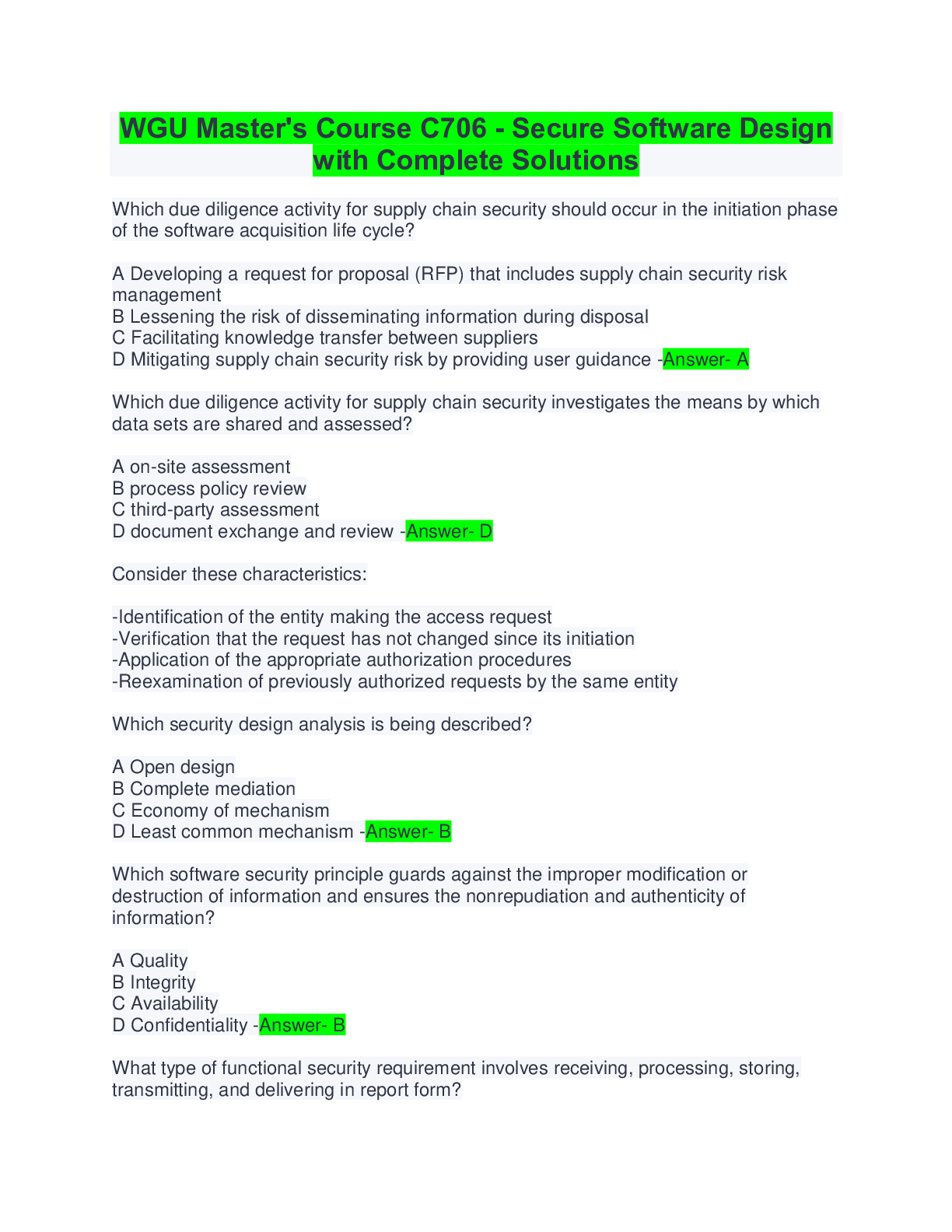

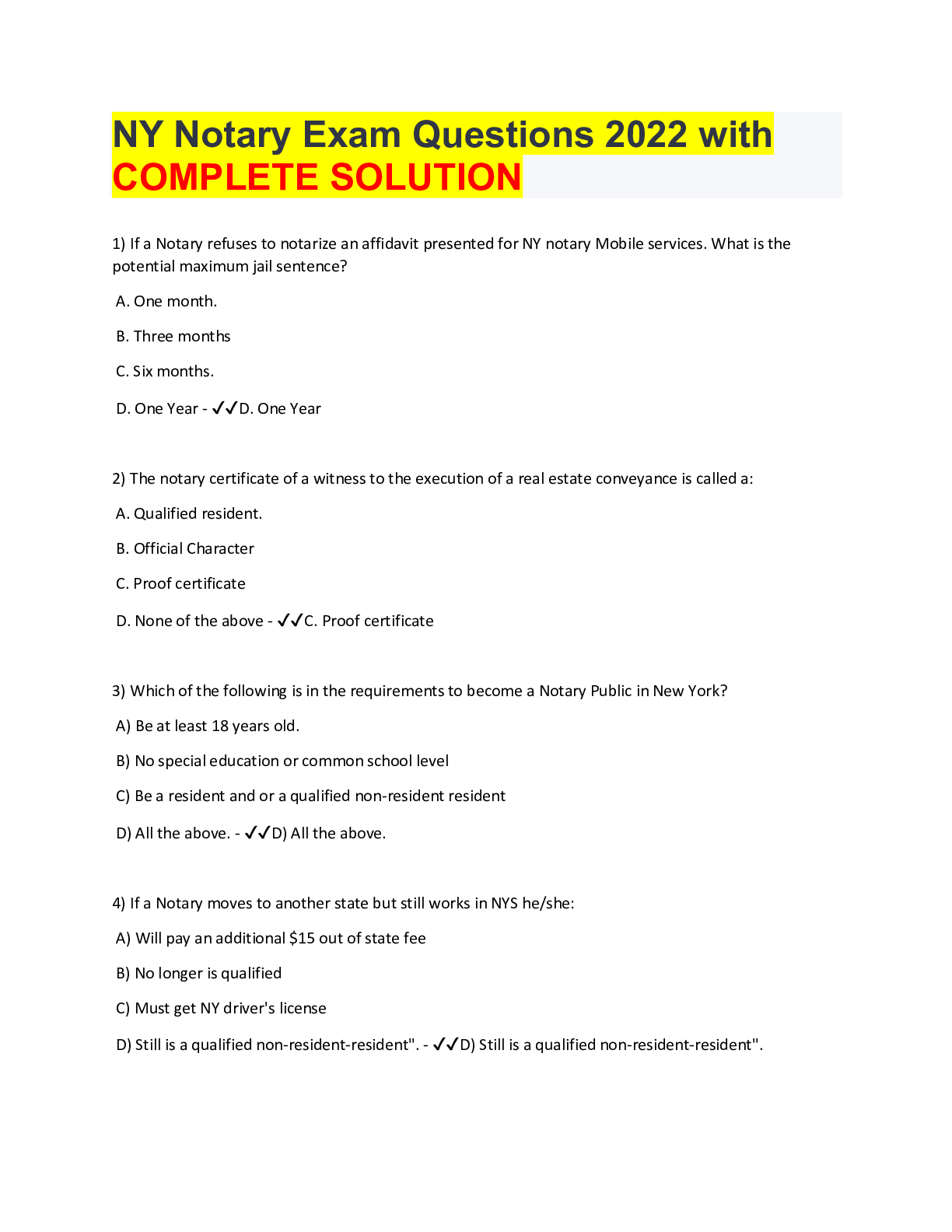
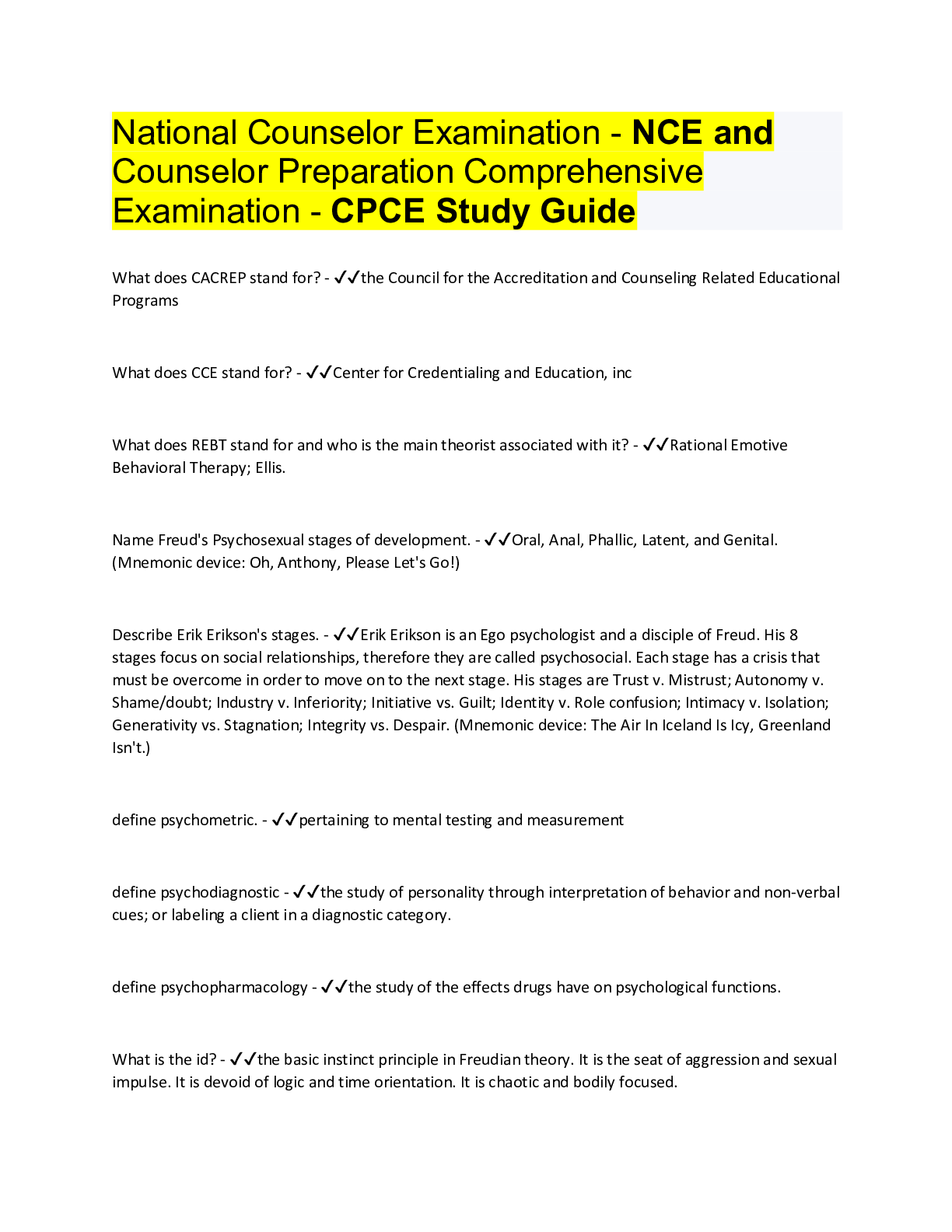
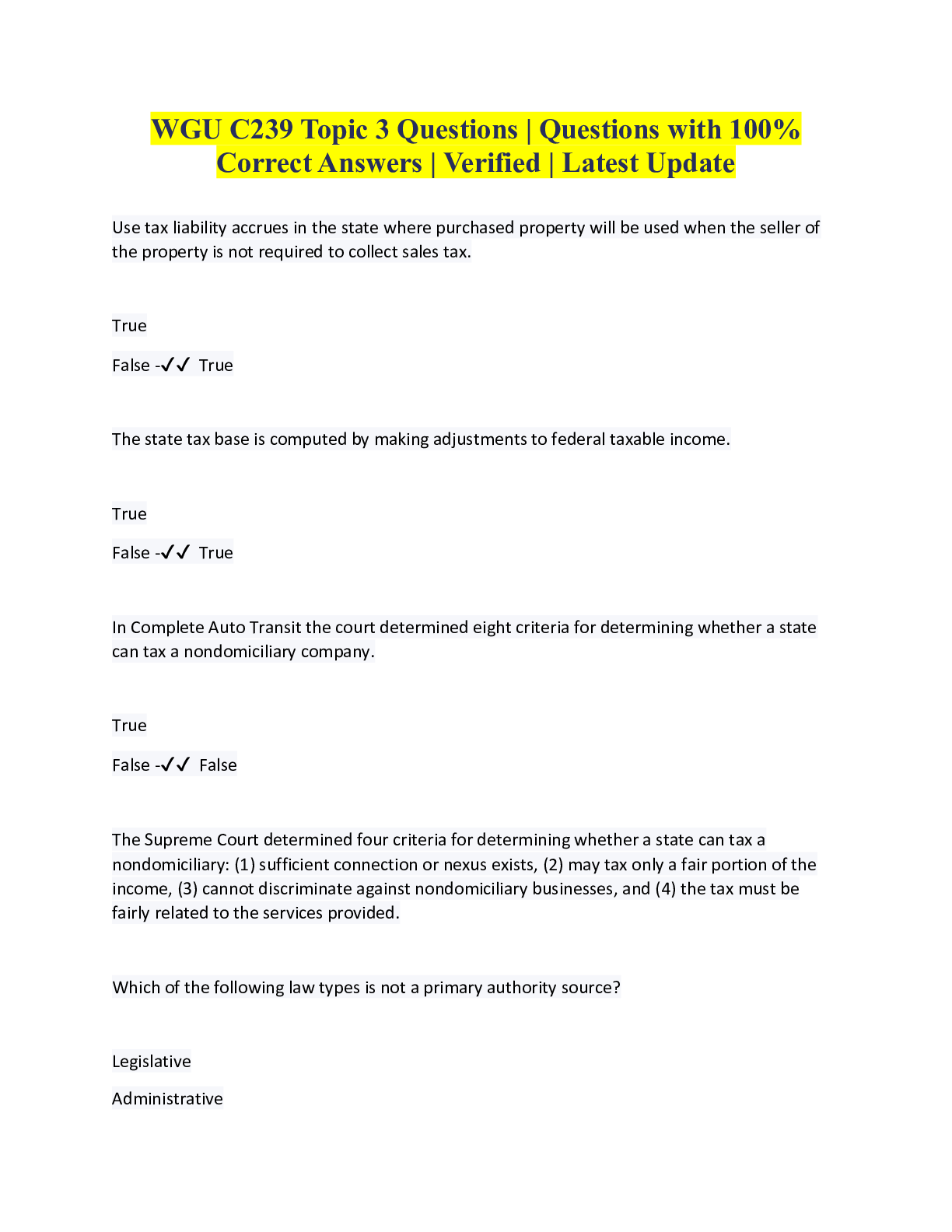
.png)
